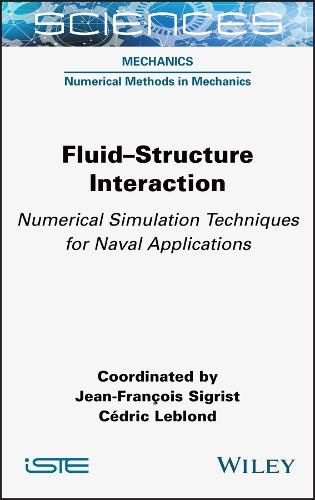Readings Newsletter
Become a Readings Member to make your shopping experience even easier.
Sign in or sign up for free!
You’re not far away from qualifying for FREE standard shipping within Australia
You’ve qualified for FREE standard shipping within Australia
The cart is loading…






This book provides a comprehensive overview of the numerical simulation of fluid-structure interaction (FSI) for application in marine engineering.
Fluid-Structure Interaction details a wide range of modeling methods (numerical, semi-analytical, empirical), calculation methods (finite element, boundary element, finite volume, lattice Boltzmann method) and numerical approaches (reduced order models and coupling strategy, among others).
Written by a group of experts and researchers from the naval sector, this book is intended for those involved in research or design who are looking to gain an overall picture of hydrodynamics, seakeeping and performance under extreme loads, noise and vibration. Using a concise, didactic approach, the book describes the ways in which numerical simulation contributes to modeling and understanding fluid-structure interaction for designing and optimizing the ships of the future.
$9.00 standard shipping within Australia
FREE standard shipping within Australia for orders over $100.00
Express & International shipping calculated at checkout
This book provides a comprehensive overview of the numerical simulation of fluid-structure interaction (FSI) for application in marine engineering.
Fluid-Structure Interaction details a wide range of modeling methods (numerical, semi-analytical, empirical), calculation methods (finite element, boundary element, finite volume, lattice Boltzmann method) and numerical approaches (reduced order models and coupling strategy, among others).
Written by a group of experts and researchers from the naval sector, this book is intended for those involved in research or design who are looking to gain an overall picture of hydrodynamics, seakeeping and performance under extreme loads, noise and vibration. Using a concise, didactic approach, the book describes the ways in which numerical simulation contributes to modeling and understanding fluid-structure interaction for designing and optimizing the ships of the future.